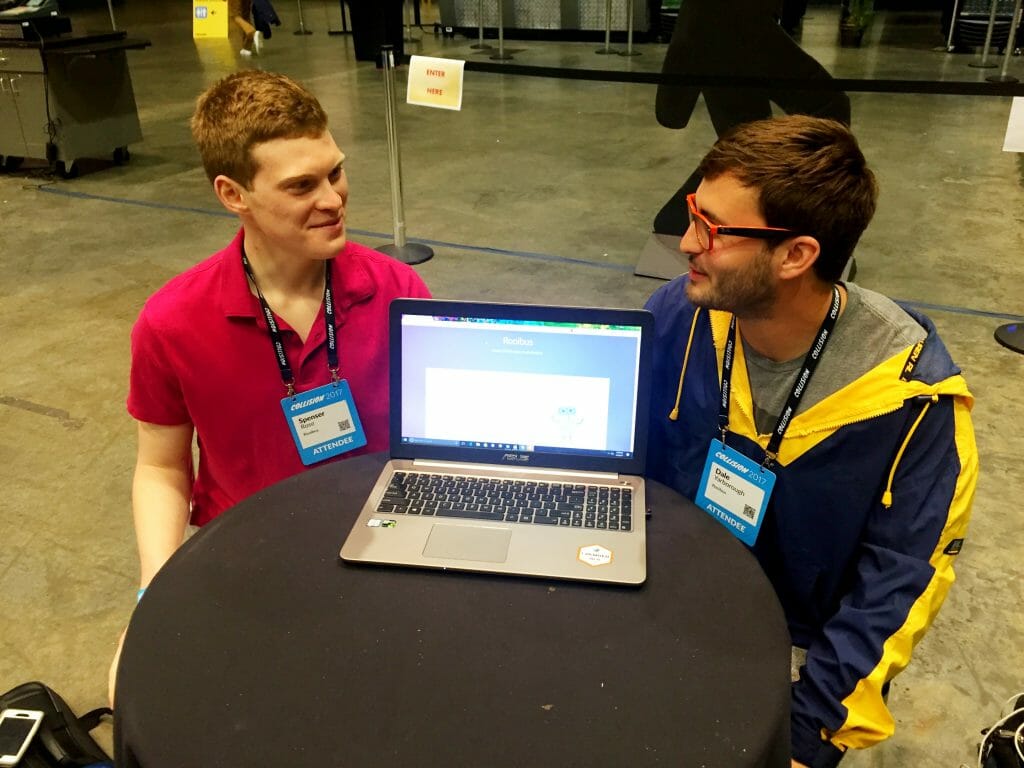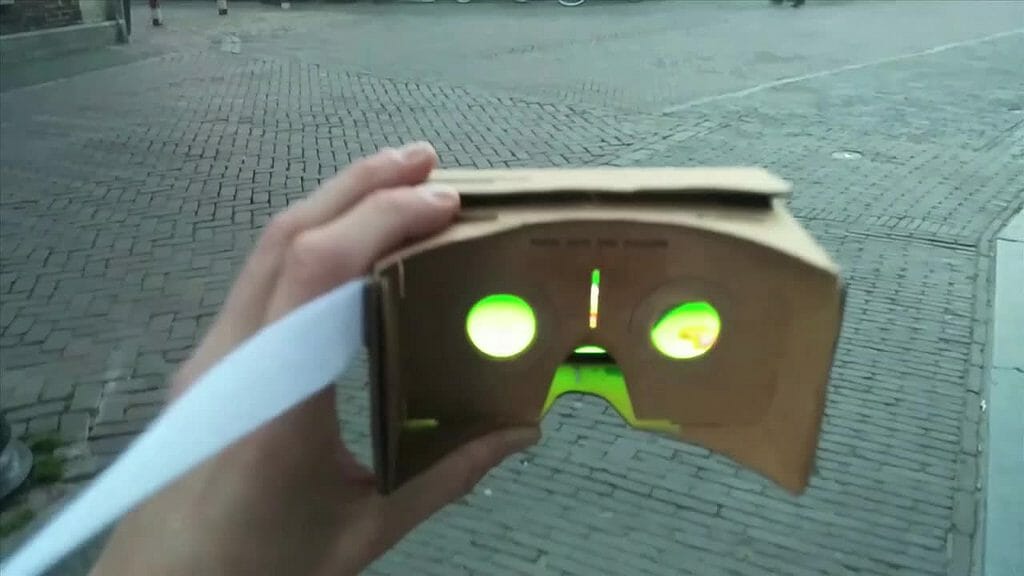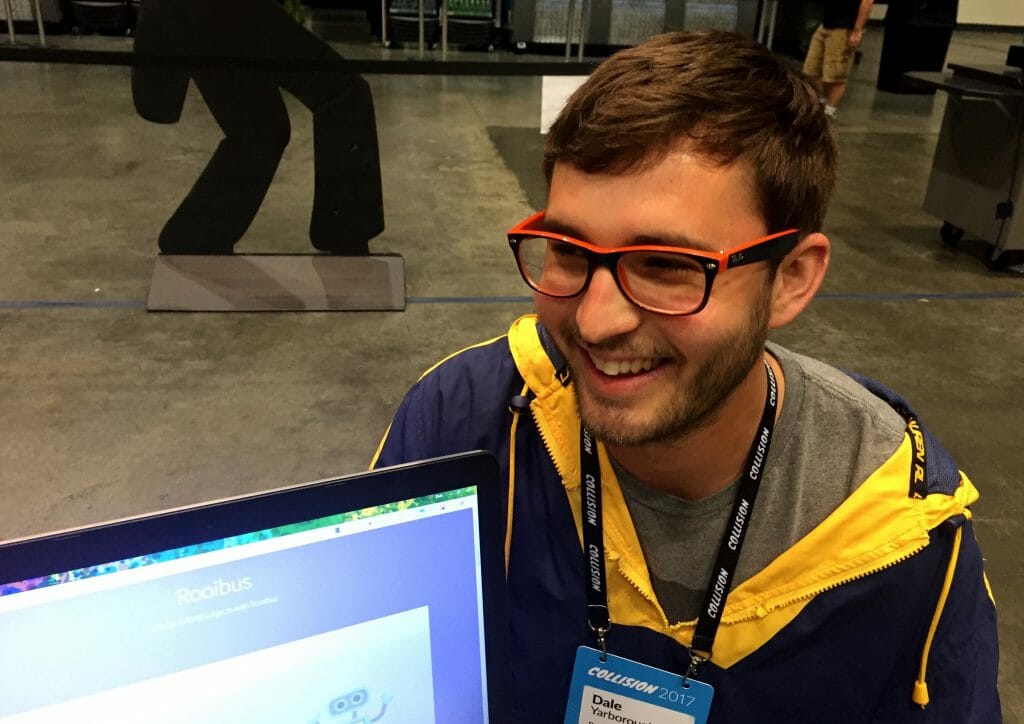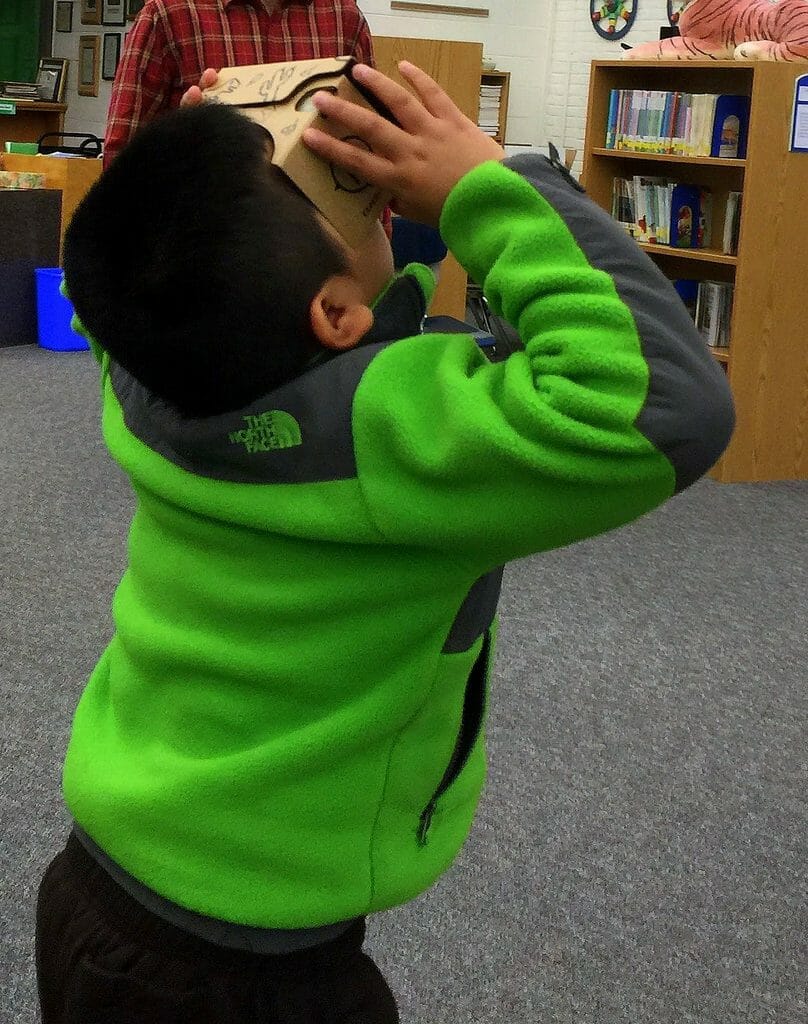Will your kids be using virtual reality in class this fall?
- May 4, 2017
- Posted by:
- Categories: Archer News, Mobile Devices, Posts with image

A new start-up is working to bring the latest technology to students in kindergarten through 5th grade.
Dale Yarborough hated school.
He missed almost 200 days in his freshman and sophomore years in high school.
Now this Appalachian State University student is working to change reality for kids who suffered like he did.
“I had terrible ADD [attention deficit disorder]. I was constantly looking outside and waiting for recess when everyone else was learning,” Yarborough told Archer News. “I remember in tenth grade I read for the first time ever my first full book. I got picked on a lot.”
But Yarborough was not a lost cause. He simply learned better outside the classroom.
“I was able to go home and didn’t have other people that were distracting me and I could isolate the material that I wanted to learn,” he said.
Now in college, he and fellow student Spenser Rose are trying to create a new kind of classroom, a virtual reality teaching system with a focus on STEAM [science, technology, engineering, art and mathematics].
“I’ve never been a fan of a physical classroom model and it wasn’t very effective for me,” Yarborough said.
Archer News is looking at tech start-ups at the 2017 Collision Conference in New Orleans.
Check out the “coffee selfie” start-up here. And why some tech start-ups put you at risk here from our 2016 coverage.

Spenser Rose & Dale Yarborough display their website at the 2017 Collision tech conference in New Orleans. Image credit: Archer News
How it works
Under Yarborough and Rose’s plan, kids would put phones into an inexpensive cardboard viewer—like the low-cost Google Cardboard—and immerse themselves in a virtual lesson.
The first subject they’ve tackled—after talking with local teachers—is learning to count from one to ten.
One, two, three… which number comes next?
A student might physically step forward to indicate the right answer in the colorful and graphic-filled virtual world, or use some other way to show the number.

Looking into a virtual reality headset. Photo credit: sndrv via Foter.com / CC BY
Slow it down
In a real classroom setting, the teacher could narrate the lesson live, and if students have trouble keeping up, they could move into a private virtual classroom.
There, the students could replay and slow down a recorded version of the lesson to accommodate their learning speed.
“Spend more time on the students that are having difficulty in the classroom,” Yarborough said. “Being able to address that before it becomes a much bigger problem.”
“Let these kids learn in a more meaningful and quicker way so the teachers can be free to teach a kid in a creative way with that extra time,” Rose said.

Kids at an Arlington, Virginia elementary school take virtual reality field trip through Google Expeditions in 2016. Photo credit: sndrv via Foter.com / CC BY
Phones
Of course, getting phones for a class of 30 kindergarteners is not necessarily an easy task.
And it’s just one of many challenges that will come up during the quest to make the virtual teaching plan a reality.
Yarborough recognizes it may end up working better for kids outside school.
“We want to be like a multi, open, online course-type platform where we’re not necessarily in a physical classroom handing out phones or having every student need a phone, but for students that are maybe outside of a physical classroom that are looking to learn a particular subject or master a STEAM subject that we’re the online platform for them,” he said.

Dale Yarborough at the 2017 Collision tech conference in New Orleans. Image credit: Archer News
Workload
The two call their project Rooibus, and they’re still creating the lessons according to the Common Core standards.
It’s a lot of work, and their deadline is August so kids starting this fall can benefit from the new system.
Yarborough is creating the virtual reality part of Rooibus.
“There’s just so much in each and he’s like only one person,” Rose said. “He has to build it all himself, so just making the entire lesson plan for a breadth of one semester is a daunting task.”
They want other developers to help.
“The idea of the platform is that we’re generating the initial content, but developers from anywhere would be able to upload general content that would fit Common Core standards,” he said.

A child uses a virtual reality viewer as part of a Google Expedition field trip in Arlington, Virginia in 2016. Photo credit: Barrett Web Coordinator via Foter.com / CC BY
“Go small or go home”
All this may turn out differently than they predict, Yarborough said.
Who uses it, where they use it, and how the project can support itself?—all questions still waiting for answers.
“It will take a lot of research, a lot of beta testing. But I think it has potential,” Rose said.

A view inside a virtual world from Second Life. Photo credit: ▓▒░ TORLEY ░▒▓ via Foter.com / CC BY-SA
Several elementary school teachers in their North Carolina county are ready to let them test it out on kids when school starts in the fall, they said.
“Right now we’re really glued in to the philosophy of ‘go small or go home,’” Yarborough said.
“We have very low expectations right now,” he added. “But we’re very optimistic about the set pool of kids we’re working with right now and helping them achieve great results and then scaling from there.”
It just might help a student like Yarborough—and others for whom the current school reality is not enough.
“I have a little brother who has Down syndrome,” Yarborough said. “The learning curve for subjects in K-5 is much harder for kids with disabilities.”
“Our idea is not to replace the teacher, but to extend the teacher’s bandwidth,” he said.
Main image: A child uses the Google Cardboard virtual reality viewer. Photo credit: Lars Plougmann via Foter.com / CC BY-SA
